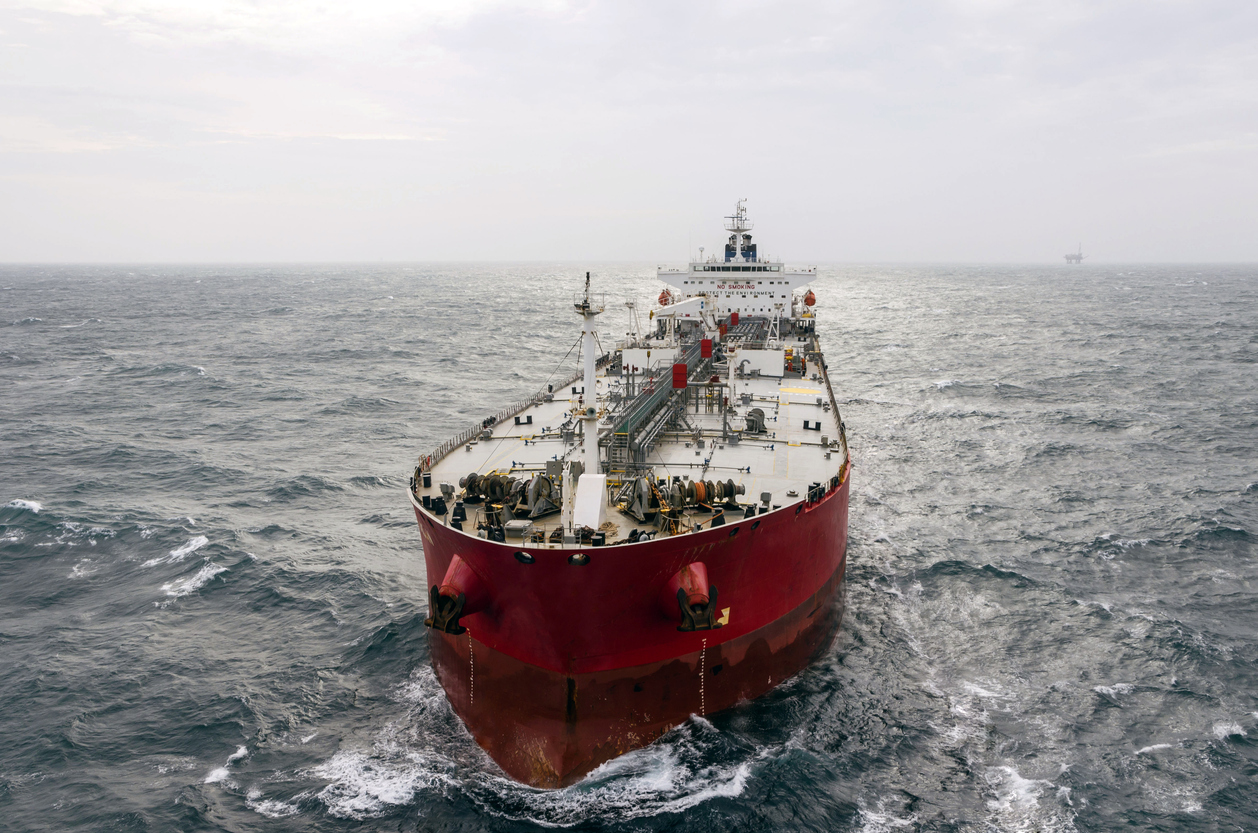Ghost Ships – we love a good ghost ship The United States and other western democracies have a delicate relationship with Iran, to put it mildly.
Ever since the current American administration backed out of a nuclear arms deal with Iran, tensions have been building to a fever pitch that has military experts, historians and politicians all around the world concerned that the two nations may never agree to disagree, so to speak, and come to some kind of peace, however uneasy.
American sanctions imposed on Iran have become increasingly onerous for the middle east country, making life in the country very difficult.

One of its biggest exports – oil – is no longer supposed to be sold to formerly willing buyers, and, in theory at least, the should sit in port until progress can be made and international agreements are reached.
Theory is one thing, but reality is another, and in fact Iran has been able to find customers for its oil in spite of the sanctions, most notably China.
Consequently, Iranian oil tankers have been sailing around the globe over the last year – as many as 80 of them, experts estimate – but under cover of darkness, in that they have been operating without GPS tracking systems turned on, making it virtually impossible for outsiders to monitor their whereabouts.
They’ve been dubbed “ghost ships,” but suddenly at least 14 of them reappeared recently in the Persian Gulf, startling some and confounding others, who are hard pressed to ascertain why they decided to turn back on their transponders.
One Washington insider speculated in the press recently that the “ghost ships” are visible again because Iran has been operating military exercises in the region, and turned on the ships’ GPS so they could move around safely.
Iran’s National Iranian Tanker Company (NITC), which the United States heavily sanctions, is responsible for operating the ships and is one of the hardline regime’s primary sources of cash. The NITC has gone to great lengths to keep these ships operating under U.S. sanctions, particularly as the regime runs low on money.
“Iran is the only country whose ships switch off their trackers as a matter of national policy,” Claire Jungman, UANI’s chief of staff, told the Free Beacon. “Iran has a history of concealing the destination of its oil sales by disabling its AIS tracking systems. The only reason Iran would do this would be to violate sanctions and go undetected. This obviously makes it difficult to gauge how much crude Tehran is actually exporting, estimates between ‘observed’ and ‘unobserved’ vary wildly.” ~ .cbc.ca
Many U.S. officials have expressed concern about the ships sailing to other countries without being monitored because it could set up shipping lanes for a massive environmental disaster. If two ships – one of them carrying massive amounts of oil – were to collide, there would be untold damage to the oceans and marine life.

China is one of a few nations that has argued against punishing Iran with sanctions, and continued to purchase oil as it needed it, flouting the Americans’ wish that others go along with its restrictions.
One watchdog organization, United Against Nuclear Iran (UANI) is keeping close tabs on these now visible ships, to see where they land and whether their cargo is taken off. The group is based in America, but according to its website it is bi-partisan and non profit.
Another Article From Us: SS Cotopaxi Vanished in the Bermuda Triangle, Has Been Found 95 Years Later
The Iranian “ghost ships,” although not all of them if in fact as many as 80 are roaming the seas, will be closely watched by governments and environmental groups alike. If their transponders are turned off yet again, it will be impossible to assess precisely what that means, for international trade, the safety of the oceans, and even the Iranian and American people.
